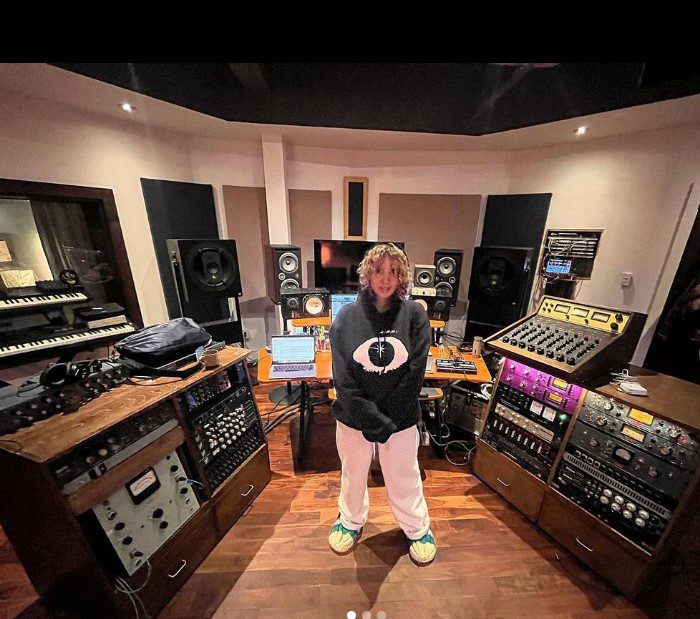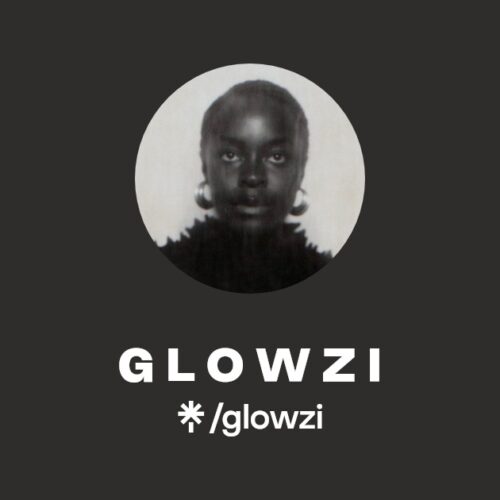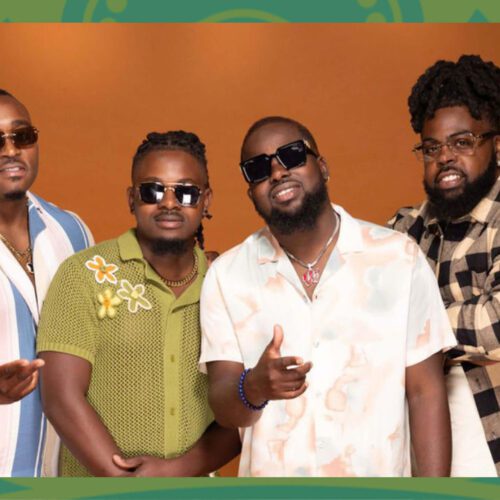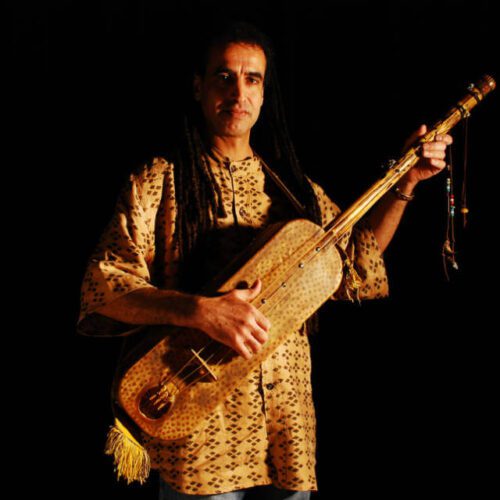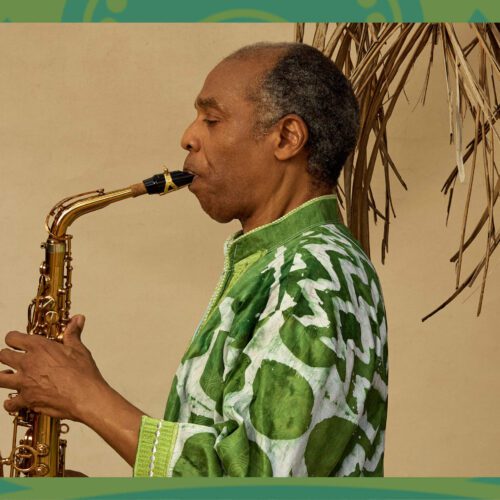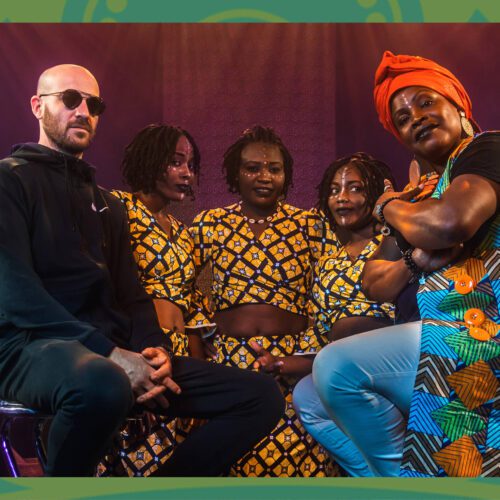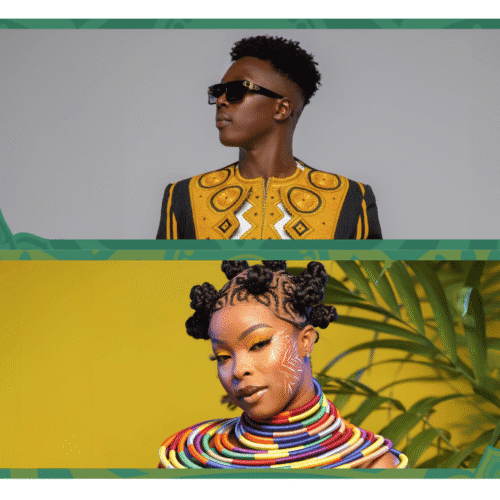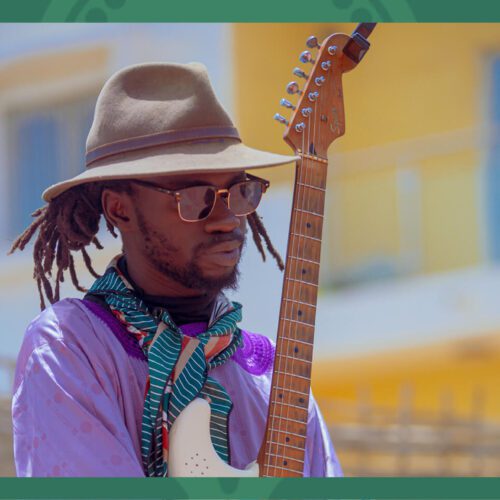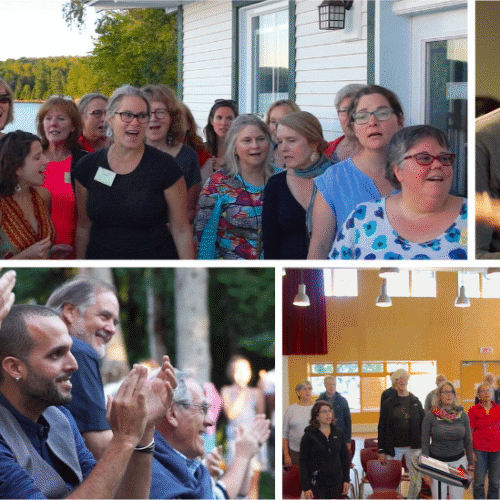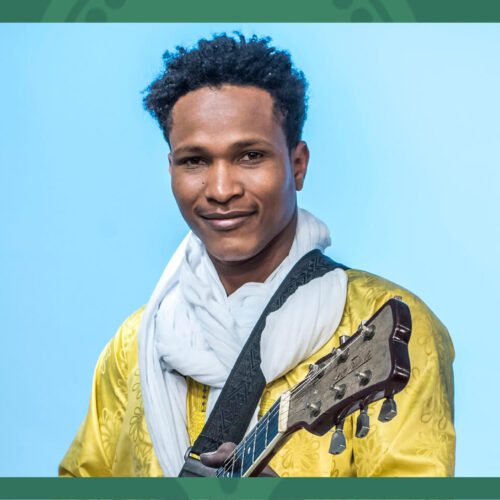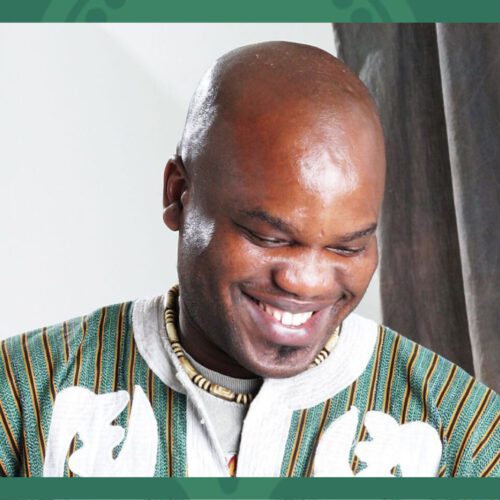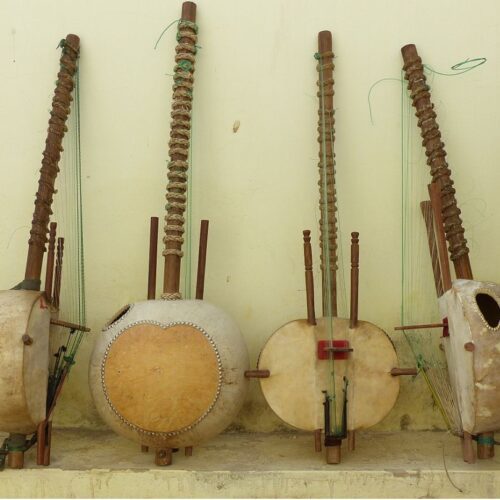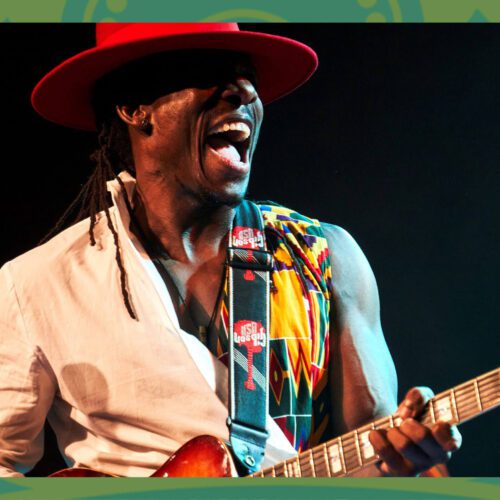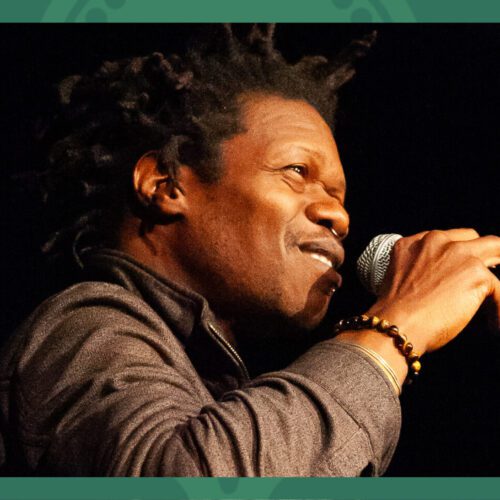Additional Information
Tiana McLaughlan has been immersed in Montreal’s musical ecosystem for several years now, and her Honeydrip project was selected for a dub/dancehall/jungle/drum’n’bass-influenced evening presented Saturday at the SAT as part of the Nocturne series. And since a Honeydrip album is due in October, PAN M 360 caught up with Tiana (for a second time since her emergence) to talk about her live set and the forthcoming recording, Psychotropical.
PAN M 360: How long has the Honeydrip project been in existence?
Tiana McLaughlan: About 8 years. It was originally my aka as a radio host at Concordia University. My show was called Waves of Honey, hence the Honeydrip moniker.
PAN M 360: What were your musical tastes then?
Tiana McLaughlan: I’ve always loved music. In high school, I listened to a lot of psychedelic rock – Warpaint, Tame Impala and so on. At university, I also listened to a lot of ’90s lo-fi hip-hop and chill electronic music, so I wanted to get myself an SP-404 sampler. I then thought that choosing this kind of music would be a wiser choice for making electronic music. And it was in this direction that I made my radio show.
PAN M 360: And then you became a producer. Obviously, it wasn’t a plan, but what were the steps?
Tiana McLaughlan: Before I became a producer, I used to DJ all kinds of music. I was very eclectic then, and I still consider myself so today. So that perspective remained: mixing and linking genres in a context of electroacoustic studies. Right from the start, I had a chill, ethereal music side in me, and that always stayed with me when I started producing. I’ve also always worked with percussion, and I love rhythmic sequences. Having danced as a teenager, I designed my music around movement and dance.
PAN M 360: You have Caribbean origins, hasn’t that also influenced your work?
Tiana McLaughlan: Yes, my father is from Barbados, so it’s somewhere in the sound of my work.
PAN M 360: That justifies the invitations you make in some of your sets, notably the one at MUTEK with King Shadrock, which also delves into dub and dancehall.
Tiana McLaughlan: Yes, this music is at the origin of so much of today’s electronic music. So King Shadrock, whom I knew when I worked at Blizzarts (now Barbossa), can sing dub and dancehall very well. While my beats and electronic music can also navigate dub and dancehall, but also other genres. It’s hard to put a label on it all!
PAN M 360: We don’t have to!
Tiana McLaughlan: Exactly. To create new sounds and push back musical boundaries, we don’t have to aim for just one style.
PAN M 360: The show is just as important to you.
Tiana McLaughlan: Yes of course, movement and stage clothing are linked to images and music. With visual artist Emma Forgues, we made sure that sound and projected images were connected in real time.
PAN M 360: A permanent trio could emerge from this experiment!
Tiana McLaughlan: I hope so! I like the idea of not being alone in this project, and I’ve got some good allies right now. It’s heartwarming, and I hope to tour the world with a team.
PAN M 360: All this work is also leading up to a new recording scheduled for October. How did that go?
Tiana McLaughlan: We go into the studio, have a chat, record the vocals, mostly freestyle, after which I create an arrangement and come back with the singers to finalize the whole thing. In fact, we’ve been rehearsing several songs for some time now, in order to finish the album.
PAN M 360: Like you, more and more artists on the electronic scene are educated in electroacoustics. What do you learn from your upbringing?
Tiana McLaughlan: I really benefited from the program at Concordia. Not only for the training, but also for the contact with other student producers and access to electroacoustic equipment.
